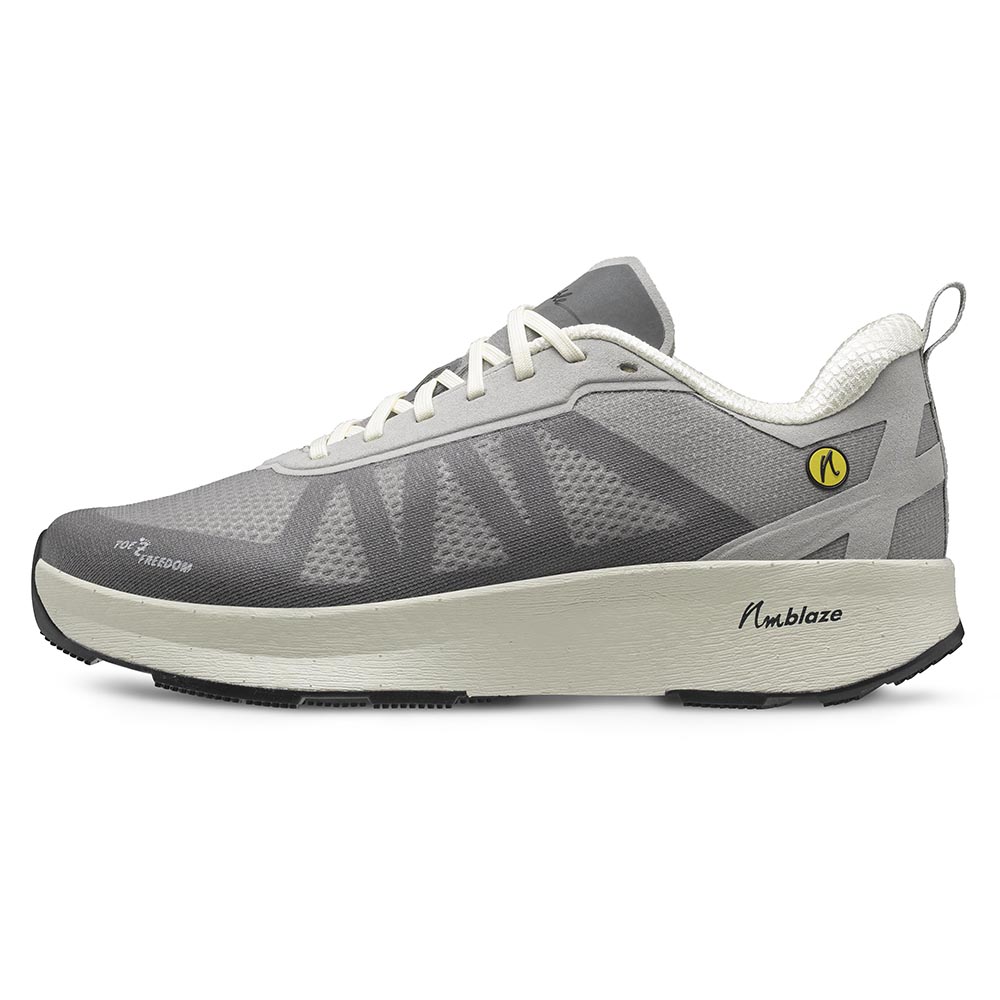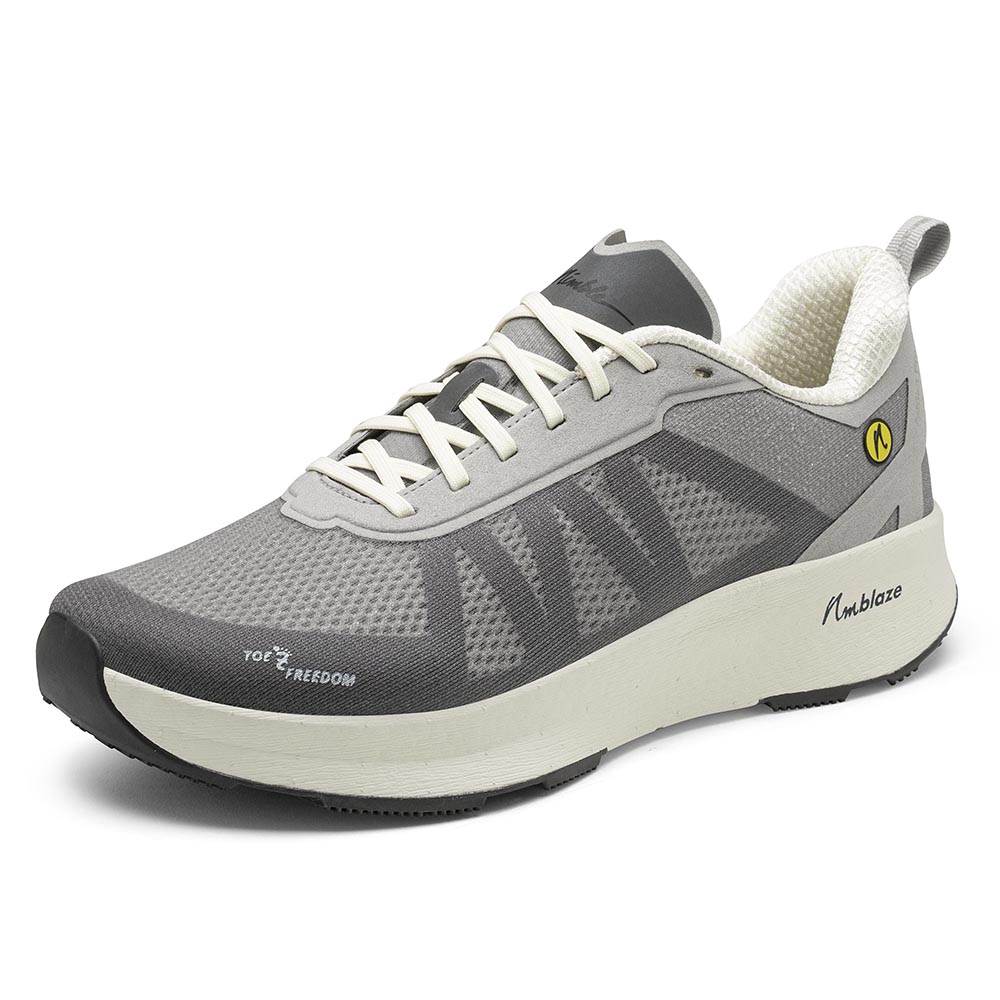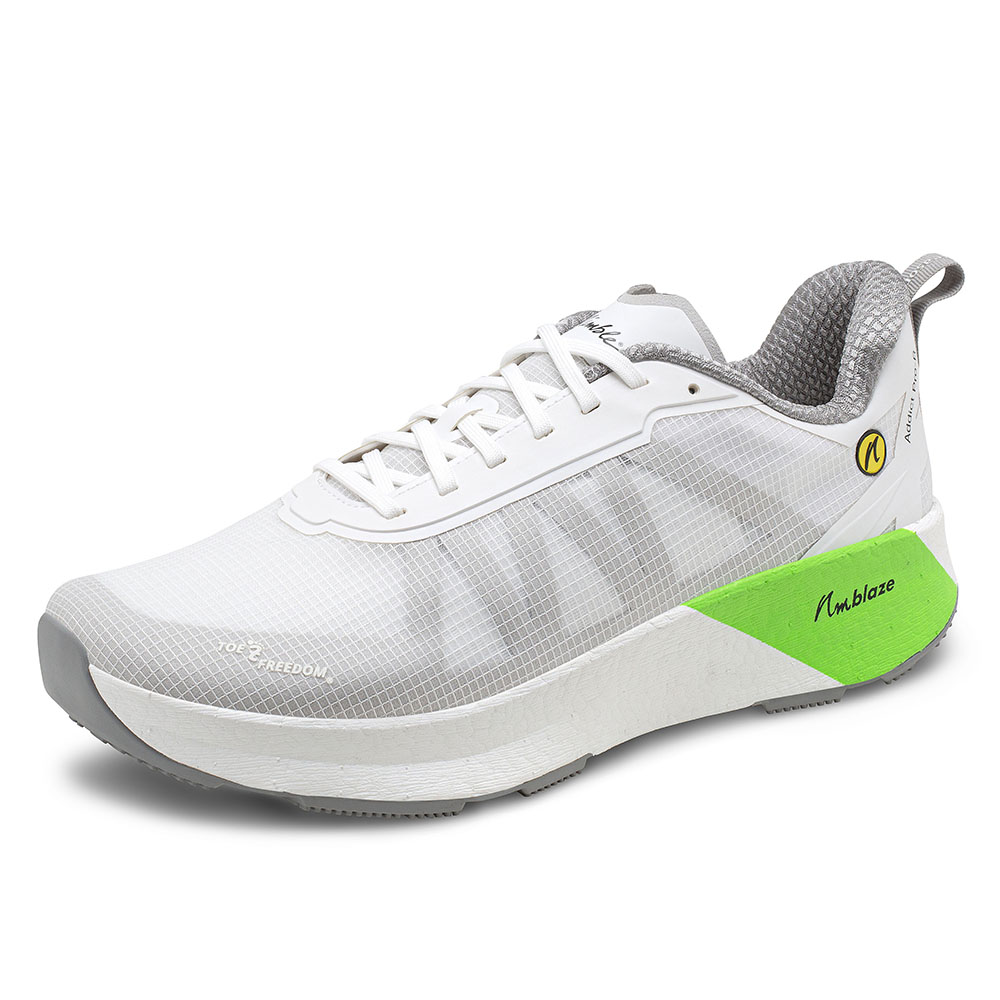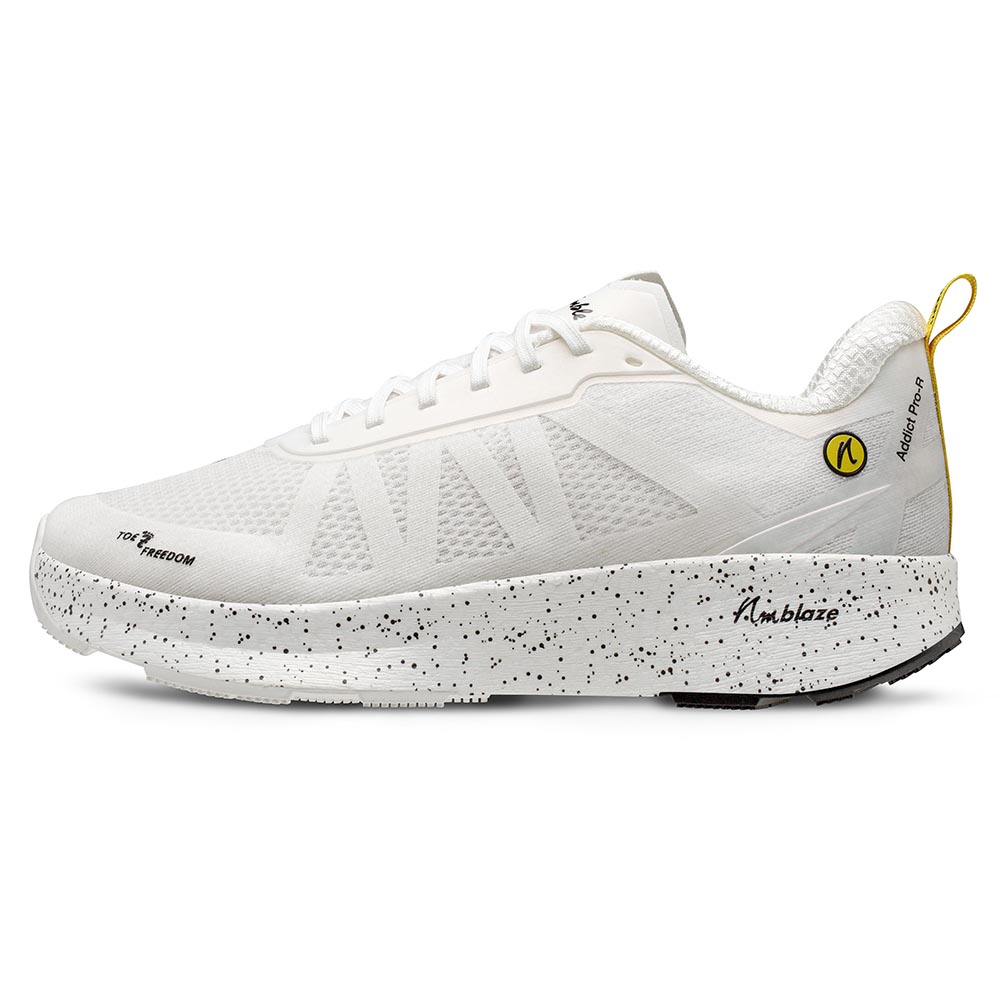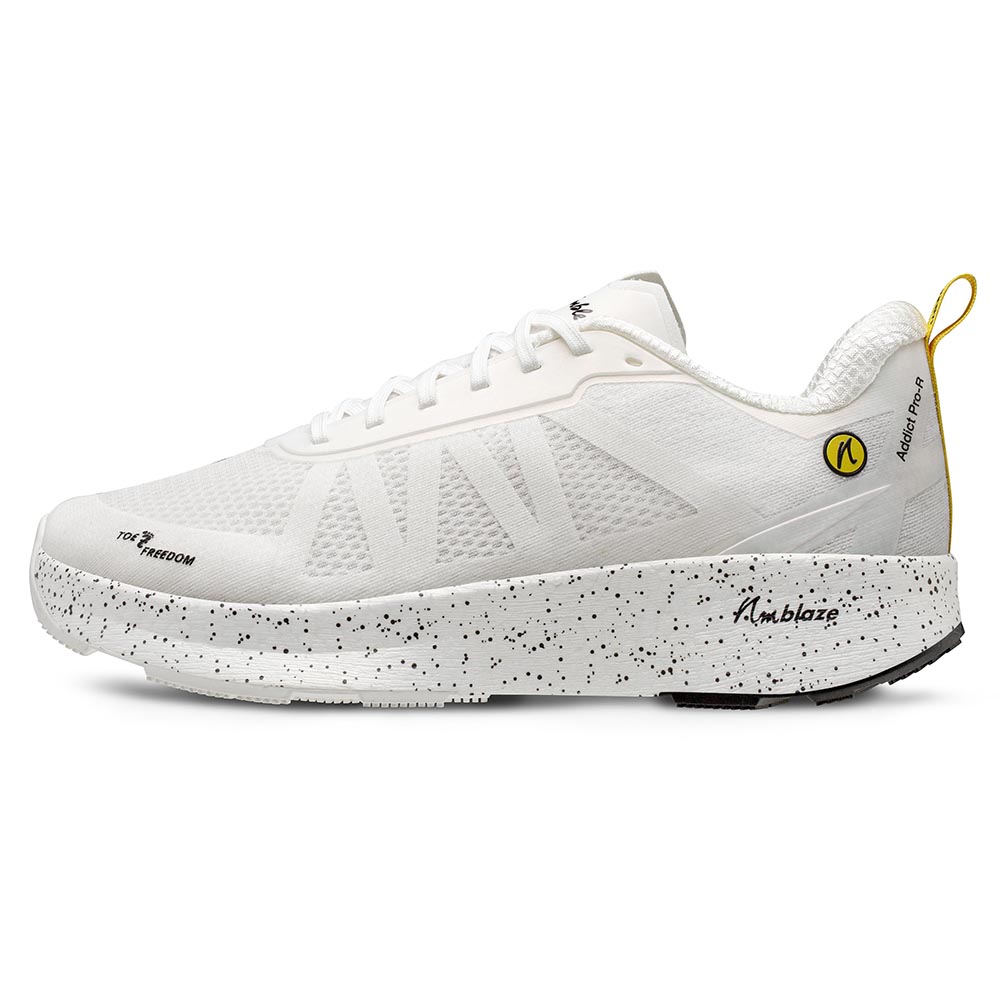Foot dysfunction and cure part 2
"For a ship without a port, no wind is right." (Seneca the Younger)

The unique position and control of the big toe has evolved to manage body weight during walking and running. Impaired toe position leads to instability and harmful stress on the foot, ankle and knee. The therapy is simple:
- Wearing foot-shaped (functional) shoes in which the toes have room to spread out and the foot can splay, as well as
- Loading the feet with body weight to allow gravity to act on the functional foot shape.
References
- Chou S, Cheng HK, Chen J, Ju Y, Wong MA. The role of the great toe in balance performance. Journal of Orthopaedic Research. 2009; 27:549-54.
- D'Aout K, Pataky TC, De Clercq D, Aerts P. The effects of habitual footwear use: foot shape and function in native barefoot walkers. Footwear Science. 2009; 1(2):81-94.
- Hoffman P. Conclusions drawn for a comparative study of the feet of barefooted and shoe-wearing peoples. The Journal of Bone and Joint Surgery. 1905; 3:105-36.
- Munteanu SE, Menz HB, Wark JD, Christie JJ, Scurrah KJ, Bui M, Erbas B, Hopper JL, Wluka AE: Hallux valgus, by nature or nurture? A twin study. Arthritis Care & Research 69: 1421-1428, 2017.
- Nix S, Smith M, Vicenzino B: Prevalence of hallux valgus in the general population: a systematic review and meta-analysis. Journal of Foot & Ankle Research3:21.
- Plank M. The pattern of forefoot pressure distribution in hallux valgus. The Foot. 1995; 5(1):8-14.
- Rolian C, Lieberman DE, Hamill J, Scott JW, Werbel W. Walking, running and the evolution of short toes in humans. Journal of Experimental Biology. 2009; 212:713-21.
- Shu Y, Mei Q, Fernandez J, Li Z, Feng N, Gu Y. Foot morphological difference between habitually shod and unshod runners. PLoS ONE. 2015; 10:e0131385.
- Yavuz M, Hetherington VJ, Botek G, Hirschman GB, Bardsley L, Davis BL. Forefoot plantar shear stress distribution in hallux valgus patients. Gait and Posture. 2009; 30(2):257-9

